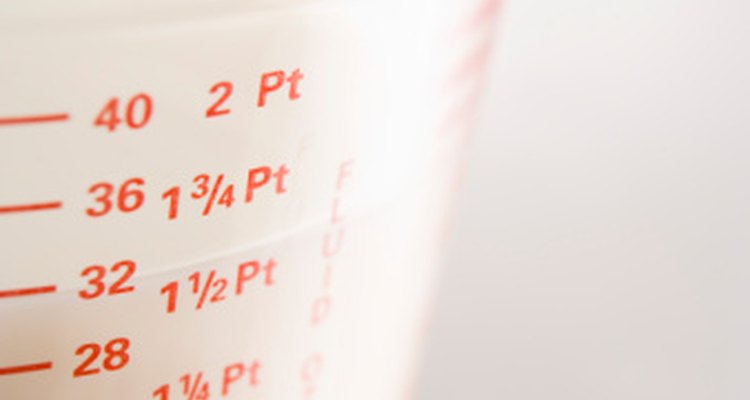
Fractions are frequently used in the world of cooking. Recipes call for measurements such as 1/4 cup or 1/2 teaspoon. If you have tools with the measurements marked in the same increments as your recipe, then you're set. However, if your tools are marked with different fractions, you may need to convert fractions within your recipes. You also may need to convert fractions within recipes if you plan to double your recipe or divide it in half.
Compare fractions by finding a common denominator in situations in which you have a measuring tool with different markings than the measurements in your recipe. For instance, if the recipe calls for 1/3 cup of milk, and your measuring cup is marked in 1/4 cup increments, find the least common denominator for 3 and 4. This would be the number 12. Multiply 1/3 times 4/4 to get 4/12 and 1/4 times 3/3 to get 3/12. This shows you that 1/3 is the equivalent of 4/12, which is slightly more than 3/12 or 1/4 cup. You can estimate on your measuring cup how much milk to pour.
Convert fractions to larger quantities when you want to increase the yield of a recipe. Do this by multiplying the fractions times the same value. For instance, if you want to double a recipe that calls for 1/2 teaspoon of sugar and 3/4 cup of oil, you would multiply both fractions by 2. Write 2 as the fraction 2/1. Multiply the numerators (top numbers) and the denominators (bottom numbers). In this case you would multiply 1/2 times 2/1 to get 2/2 or 1 teaspoon of sugar. Then you would multiply 3/4 times 2/1 to get 6/4, which can be simplified to 1 2/4 or 1 1/2 cups of oil.
Divide your fractions by a common factor if you want to reduce the yield of your recipe. For example, if you want to cut the recipe in half, you would divide each measurement by 2. When you divide a value by a fraction, you flip the fraction and multiply. For instance, if a recipe calls for 1/2 cups of water, you would write 1/2 / 2/1. Flip the 2/1 to 1/2 and change the sign to multiplication, so that the expression becomes 1/2 x 1/2. Multiply though, and this equals 1/4 cup.
Related Articles

How to Convert a Shoe's Size to ...
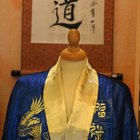
How to Convert American Clothing Size ...

How to Set the Analog Time on a Casio ...
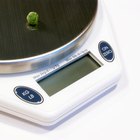
How to Convert a Measuring Cup to a ...

How to Find Out How Many Cups Is 3 ...
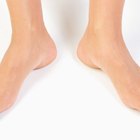
How to Measure Ankle Circumference

How to Make Glaze for Donuts With Milk ...
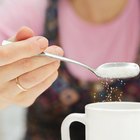
How to Substitute Splenda for Sugar

How to Measure a Tablespoon of Fresh ...

What Kind of Oats Should Be Used to ...

G Shock Watch Instructions
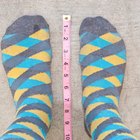
Inches to Shoe Size Conversion
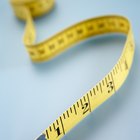
How to Figure Out the Size for a ...

Liquid Measures Versus Dry Measures
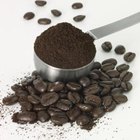
How to Measure Coffee Grounds When ...
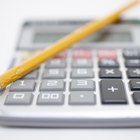
How to Convert Gsm to Ounces

How to Use a Tachometer on a Watch

How to Measure Board Shorts
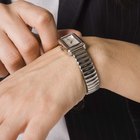
How to Set a Wristwatch

Do You Measure Applesauce in Dry or ...
Writer Bio
Charlotte Johnson is a musician, teacher and writer with a master's degree in education. She has contributed to a variety of websites, specializing in health, education, the arts, home and garden, animals and parenting.
Photo Credits
BananaStock/BananaStock/Getty Images